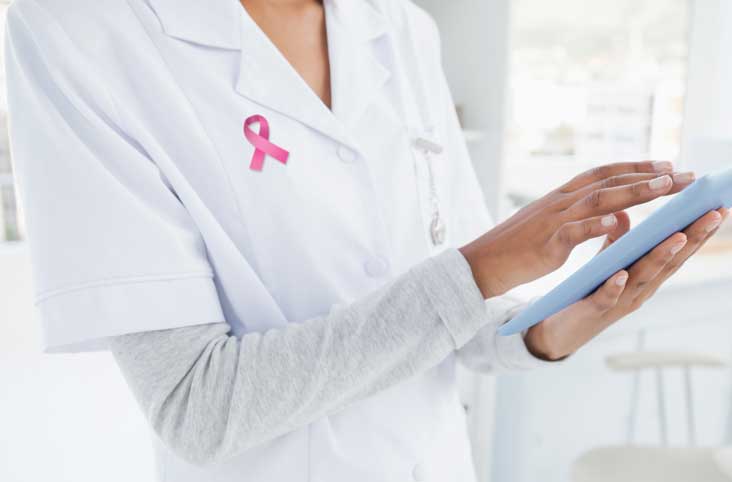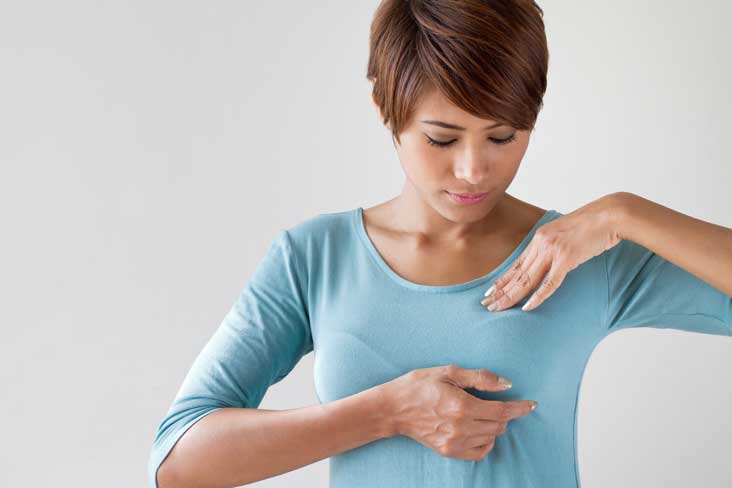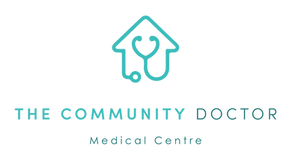Breasts come in all sizes and shapes. They change during adolescence until menopause. There are many breast issues that can occur throughout a woman’s life, these include cysts, lumps and mastitis.
Knowing how to conduct self-checks, what to check for, and when to seek medical advice is important.
Each breast has about 15-20 lobes, which contain the milk-producing glands and ducts. Fibrous and fatty tissue surround these lobes, which give breasts their individual shape and size. Breasts also contain blood vessels, nerves and lymph glands. It is completely normal for one breast to be slightly smaller or bigger than the other.
Breast tissue is affected by the hormonal changes caused by the menstrual cycle, pregnancy and lactation. Breast tissue can become more tender and lumpy during a menstrual cycle.
It is normal for breasts to be lumpy and have benign (non-cancerous) nodules. After menopause, the breast’s glandular tissue is largely replaced by fatty tissue.
It is important to know your own breasts, essentially what feels ‘normal’, in case any changes occur.
Symptoms/Changes
If you notice any of the following symptoms/changes with your breasts, let your doctor know as early as possible.
- Lumps
- Changes in the shape, colour and size of your breast
- Discharge from the nipple
- Puckering or dimpling of the breast skin
- Persistent breast pain
- Nipple or breast itching, redness or rash
Breast ‘self-check’
Learn how to perform a breast ‘self-check’ with these instructions:
- Start by standing in front of a mirror with your hands on your hips and shoulders straight.
- Look at the size, shape and colour of each breast and nipple.
- Next, lay flat on the bed or floor. Raise one of your arms above your head and begin palpating with 2 fingers across the breast. Ensure you feel the entire breast from your collarbone to your stomach to your underarm. You will be looking for lumps or any irregularities that you can feel. Repeat these steps on the other breast.
If you do notice or feel anything of concern, book an appointment as early as possible.


